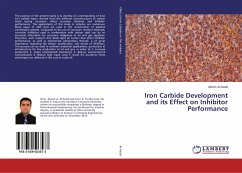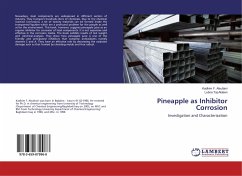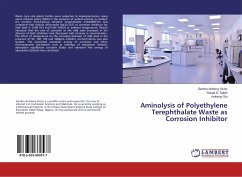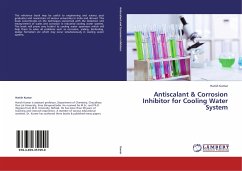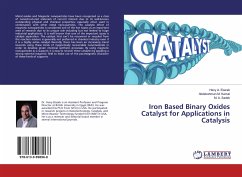The purpose of the present study is to develop an understanding of how iron carbide layers, derived from the different microstructures of carbon steels during corrosion, affect corrosion behavior and inhibitor performance. The applications of this study in industry are numerous. Many types of mild steel are used in the construction of pipeline transmission systems. Compared to the use of corrosion resistant materials, corrosion inhibitors used in combination with carbon steel can be an economic alternative for corrosion mitigation in oil and gas pipelines. Therefore, such research that sheds light on factors that affect inhibitor performance, as well as mechanistic phenomena thereof, is of great importance regarding the design, qualification, and choice of inhibitors. This process can be used in common industrial applications, particularly in infrastructure for the production of oil and gas, in order to: 1- Increase production 2- Avoid unscheduled shutdowns 3- Reduce environmental contamination 4- Reduce high repair costs 5- Avoid fire accidents. These advantages are reflected in the cost of crude oil.
Bitte wählen Sie Ihr Anliegen aus.
Rechnungen
Retourenschein anfordern
Bestellstatus
Storno

